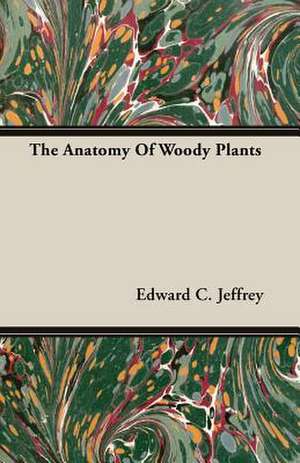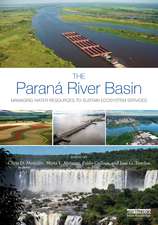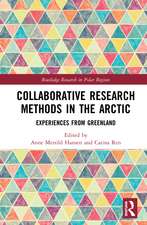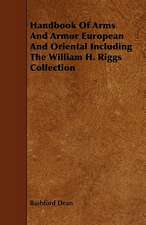The Anatomy of Woody Plants: A Trilogy of God and Man - Minos, King of Crete - Ariadne in Naxos - The Death of Hippolytus
Autor Edward C. Jeffreyen Limba Engleză Paperback – 8 oct 2007
Preț: 252.56 lei
Nou
Puncte Express: 379
Preț estimativ în valută:
48.33€ • 52.48$ • 40.60£
48.33€ • 52.48$ • 40.60£
Carte tipărită la comandă
Livrare economică 18-24 aprilie
Preluare comenzi: 021 569.72.76
Specificații
ISBN-13: 9781406716344
ISBN-10: 1406716340
Pagini: 492
Dimensiuni: 140 x 216 x 28 mm
Greutate: 0.62 kg
Editura: Carpenter Press
ISBN-10: 1406716340
Pagini: 492
Dimensiuni: 140 x 216 x 28 mm
Greutate: 0.62 kg
Editura: Carpenter Press





























